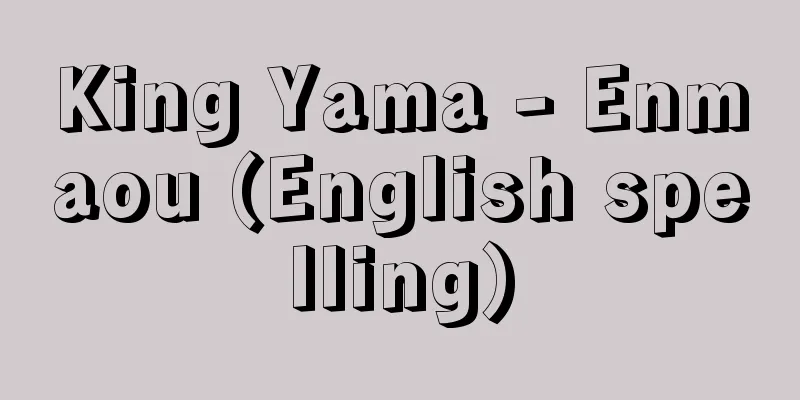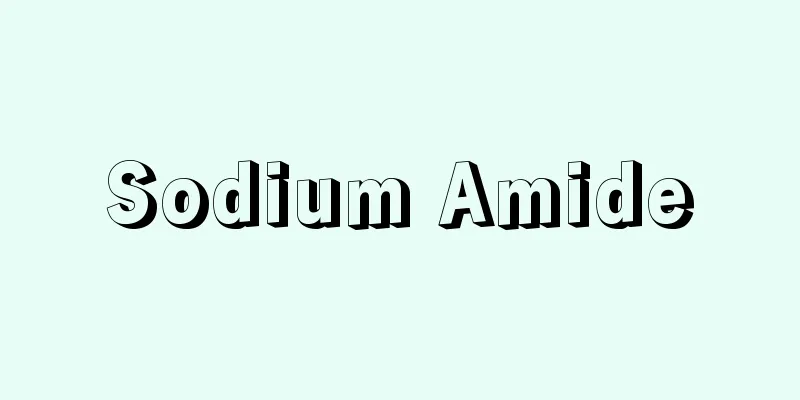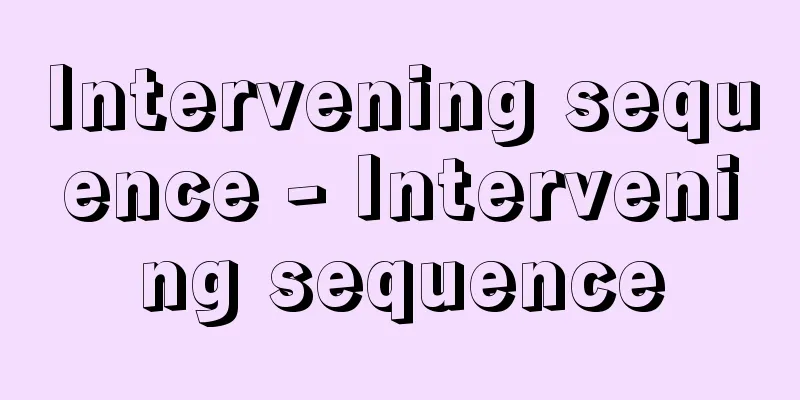Open School - Open School (English)

|
This refers to preschools and elementary schools such as kindergartens where educational activities are carried out in classrooms that are two to three times larger than traditional classrooms. The open classrooms, which do away with traditional walls, are divided into various teaching areas that children can access of their own volition based on their interests, needs and motivations. Open schools, or open classrooms, which originated in British infant schools, place students of the same age and ability in one large space. It allows children to complete their learning tasks individually or in groups, either independently or with the assistance of a teacher, thus creating a large number of simultaneous learning experiences within one classroom. The emphasis is on: This method was introduced in private preschools in the UK in the 1940s and became common in American preschools in the 1960s. It was also introduced in Japan in 1970, and in 1984 the Ministry of Education (now the Ministry of Education, Culture, Sports, Science and Technology) began providing subsidies for "multipurpose spaces," leading to the creation of new types of classes and facilities. [Masahiro Kamiyama] "Let's Build Our Own School" by Jonathan Kozol, translated by Kiyoko Ishii (1987, Shobunsha)" ▽ "The Challenge of Open Schools: The Power to Change Schools - The Trajectory of School Reform at Ogawa Elementary School" by Yukio Narita (1987, Gyosei)" ▽ "Creating an Open School - The Reform of Aibashi Elementary School and Its Progress" edited by Yoshioki Nakai et al. (1996, Kawashima Shoten) [Reference items] | | | |Source: Shogakukan Encyclopedia Nipponica About Encyclopedia Nipponica Information | Legend |
|
伝統的な教室よりも2~3倍広い教室を使って教育活動を行う幼稚園などの就学前学校や小学校をさす。伝統的なくぎり(壁)を廃止したオープンな教室は、子供たちが自らの興味・要求・動機に基づき、自らの意思でアクセス(接近)できる多様な教授区域に分けられる。 イギリスの幼児学校から始まったオープン・スクール、あるいはオープン・クラスルームは、児童・生徒を同一の年齢や能力に基づいて一つの大きなスペースに収容する。それは子供たちが個人または集団で自分たちの学習課題を独立して、ないしは教師の援助の下に遂行することを認めるものであり、このようにして一つの教室内で多くの数の学習経験が同時に生まれることになる。力点は、 1940年代にイギリスの私立の就学前学校などで導入されたこの方式は、60年代にアメリカの就学前学校でも一般化するようになった。70年以降日本でも導入され、84年(昭和59)からは文部省(現文部科学省)が「多目的スペース」に補助金を出すようになり、新しいタイプの授業や施設が生み出された。 [神山正弘] 『ジョナサン・コゾル著、石井清子訳『自分の学校をつくろう』(1987・晶文社)』▽『成田幸夫著『オープンスクールの挑戦 学校をかえる力――緒川小学校・学校改革の軌跡』(1987・ぎょうせい)』▽『中井良興他編著『オープンスクールをつくる――合橋小学校の改革とその歩み』(1996・川島書店)』 [参照項目] | | | |出典 小学館 日本大百科全書(ニッポニカ)日本大百科全書(ニッポニカ)について 情報 | 凡例 |
Recommend
Edo Kaisho
...For this reason, there were cases where financ...
Crow - Crow
A general term for birds of the genus Corvus , fam...
Kingfisher Day - Kingfisher Day
…Their grandfather Aiolos was the god of wind, so...
Concept learning
In a narrow sense, it refers to the learning proce...
Sabafugu (Mackerel pufferfish) - Lagocephalus lunaris
A marine fish of the Tetraodontiformes order, Tetr...
Assimilation policy - Doukaseisaku
The phenomenon in which a particular culture is s...
Revaluation of assets
The act of revaluing the acquisition cost of an a...
Strong yen - Endaka (English spelling) strong yen
A strong yen (weak yen) means that the value of th...
extraversion
...A term used by Jung along with "extravers...
Poa tuberifera (English spelling)
…[Tetsuo Koyama]. … *Some of the terminology that...
Promontory
…The construction was carried out by groups of wo...
Kanpur (English spelling)
Kanpur is a commercial and industrial city in the ...
Structural psychology
Elemental psychology is an approach that breaks do...
Age of Exploration
This was the period from the early 15th century t...
Rubus phoenicolasius (English spelling) Rubus phoenicolasius
… [Matsui Jin]. … *Some of the terminology that m...









